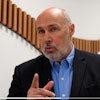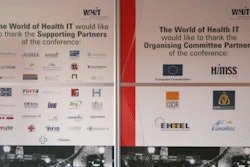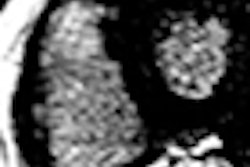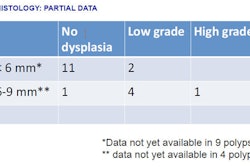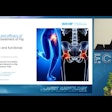VIENNA - A region-wide RIS/PACS in Spain has enabled an area with a low population density and a shortage of radiologists to provide appropriate imaging services for all of its citizens, according to a presentation Thursday at the European Congress of Radiology (ECR).
Utilizing their regional RIS/PACS to create a regional radiology service, the health service of Castilla - La Mancha (a 79,409 km2 region in southeast Spain with about 2 million inhabitants) has been able to get the most out of its imaging equipment and its undersupply of radiologists, according to a research team.
"In a high technologically supplied environment, sharing of human resources by means of PACS is an excellent way of increasing patient comfort and to warrant the best quality and sanitary assistance of every patient, not depending on their distance from their home to a first-level hospital," said Dr. Carmen De Juan of the University of Guadalajara in Spain.
With the low population density of Castilla - La Mancha and challenging road conditions in some areas, a significant number of people need to travel more than two hours to get to the nearest radiology department. The Castilla - La Mancha public healthcare service (SESCAM) has enough facilities and technology to provide all of its patients with excellent medical care, but the nation (and Castilla - La Mancha) also does not have enough radiologists to staff all of its centers, De Juan said.
To maximize its available resources and offer centralized assistance, SESCAM sought to utilize a regional RIS/PACS (YKONOS) to ensure radiology coverage for the region as a Virtual Radiology Center (VRC).
A private wide area network was installed to connect all healthcare centers in the region, while a centralized database with a search engine allows for locating any study in the region. The result is a region-wide radiology service, in which every study is available at any time, from anywhere, De Juan said.
Of the 16 radiology departments in SESCAM, four often need help, she said. Three others have typically provided that assistance, with the remainder operating self-sufficiently.
The researchers performed an evaluation of the system to show the benefits of the system to the patients.
In 30 months, 32,358 reports were provided, all of which were CT and MR studies. Emergency reports were also made, although the researchers were unable to quantify them due to limitations with their RIS.
VRC imaging reports ranged from 2% to 27% of global radiologic activity among the different healthcare facilities. As for the reading institutions, VRC activity generated approximately 2% of their overall reports and 17% of their total MR and CT volume, she said.
Regarding for the percentage of CT versus MR, the range was 15% to 97%, depending on the technology available at the hospitals, she said.
"YKONOS has been successfully used to soften the effects of shortness of radiologists in our area," she said. "YKONOS lets the patient be scanned at 'home' and reported in real-time as if they were at a first-class hospital."
By Erik L. Ridley
AuntMinnie.com staff writer
March 4, 2010
Related Reading
Adding images to radiology reports makes clinicians happy, March 1, 2010
European PACS market on the rise, January 25, 2010
ACR: Use of teleradiology triples from 2003-2007, October 20, 2009
ARRS study: Teleradiology expands VC to rural areas, April 23, 2009
Copyright © 2010 AuntMinnie.com



